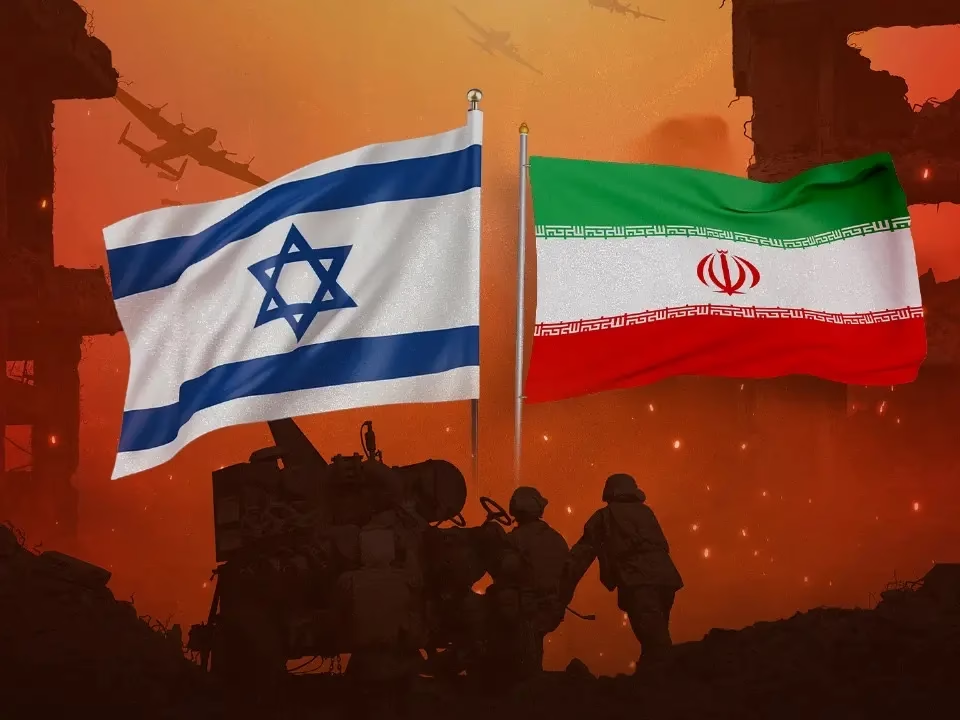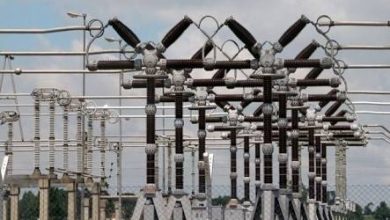Foreign AffairsNews
Iran-Israel Tensions Escalate as Airstrikes, Civilian Casualties Mount
By Dayo Dare

Iran and Israel have been trading fire for days now, and neither side seems ready to back down.
Their latest confrontation stems from a long-simmering proxy war that’s been brewing for years. At the root of it: Israel accuses Iran of harboring genocidal ambitions, while Iran accuses Israel of committing genocide in Gaza. In the Israeli-Palestinian conflict, Iran backs groups like Hamas, while Israel supports Iranian rebels such as the People’s Mujahedin of Iran.
So far, the Israeli army hasn’t released an official statement on its latest midweek airstrike, but both sides have reported casualties. Israel claims the attack was a preemptive move, citing threats from Iran’s military and fears of a nuclear weapons program. But there’s no concrete evidence backing those claims. If this was truly a preventive strike, it would need to be rooted in immediate self-defense yet no such emergency has been made public.
Israel pointed to the International Atomic Energy Agency’s (IAEA) June 12 report condemning Iran for past violations of the Non-Proliferation Treaty. However, even the IAEA dismissed that as old news, not a fresh trigger. Still, Israel’s strikes were strategic—hitting gas fields, oil depots, and military sites.
As of yesterday, the Israeli military issued an evacuation alert to 300,000 Tehran residents before targeting a military base in the capital. However, they didn’t stop there. Civilian infrastructure have also taken hits too, including the building housing Iran’s state broadcaster and Farabi Hospital in Kermanshah.
Iran didn’t stay quiet. In retaliation, Tehran issued warnings to Israeli media outlets N12 and N14 before launching a wave of strikes. Missiles hit the Tel Aviv area and the northern city of Haifa. The Bazan Group, based in Haifa, reported major damage to its power station, which has now shut down all refinery operations. Three people were killed in the attack.
Iranian officials say more than 220 people have been killed in recent strikes, including 54 women and children. Another 75 women and children have been injured. Israel’s Home Front Command reported over 20 Israeli deaths since its first strike and Iran’s response.
Meanwhile, electronic interference is disrupting commercial ships in and around the Strait of Hormuz, impacting vessels passing through the Gulf.
There’s now growing concern over potential radiological and chemical contamination at Iran’s Natanz nuclear facility after it was hit by Israeli airstrikes, according to the head of the IAEA.
In response to the escalation, U.S. President Donald Trump abruptly left the G7 Summit in Canada to convene an emergency National Security Council meeting at the White House. Trump insisted, “IRAN CAN NOT HAVE A NUCLEAR WEAPON,” and urged immediate evacuation from Tehran. The G7 leaders backed Israel’s right to defend itself, labeling Iran as the region’s “principal source” of instability and calling for peace.
So far, the conflict remains isolated between the two nations. While missiles streak across skies in nearby Middle Eastern countries, their leaders have yet to issue formal statements. For now, the region holds its breath.
Stay tuned to theJour.com for more updates as the situation unfolds and don’t forget to share this story to keep others informed.





